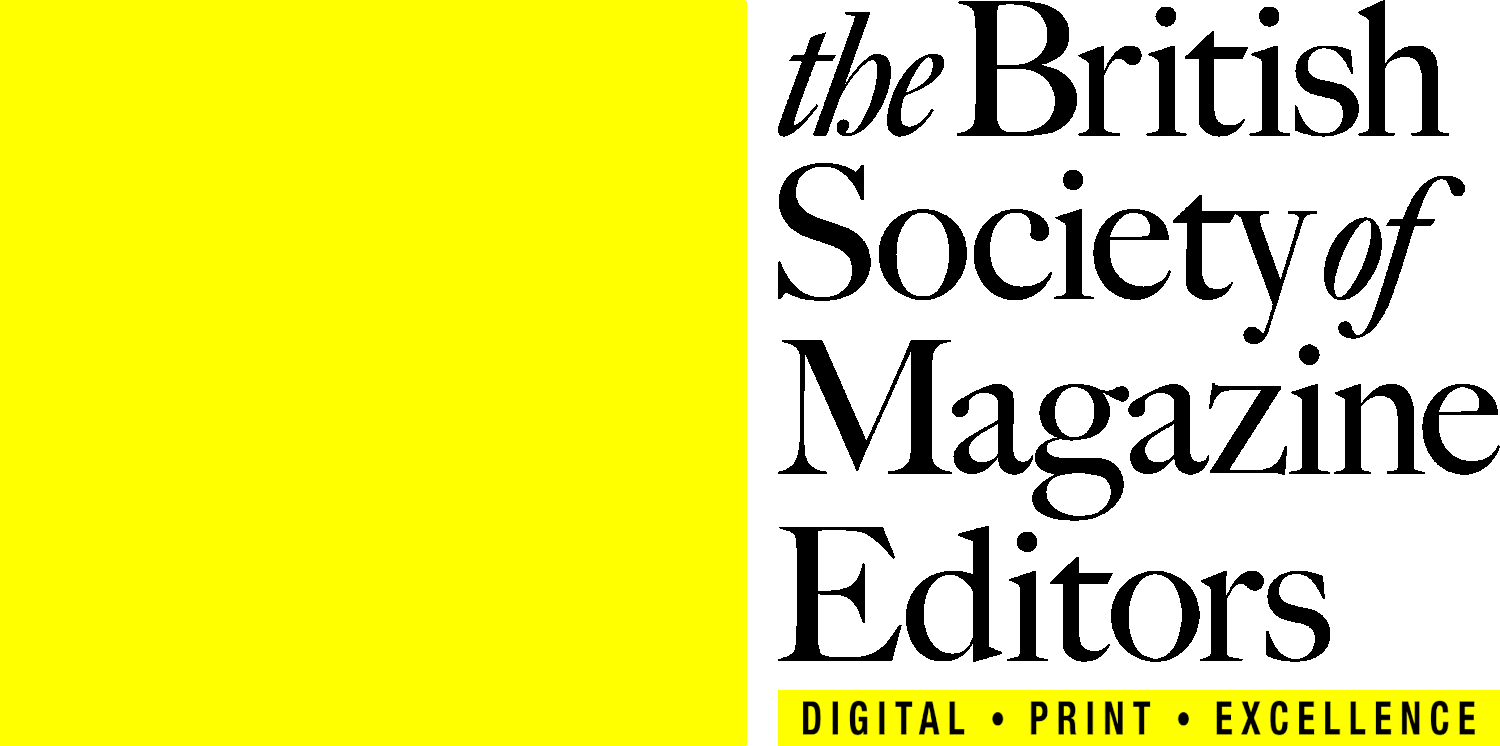The BSME held the third of its Lockdown Lunches on Wednesday 6 May, where Maria Pieri was joined by leading health editors to discuss their experience working during coronavirus crisis.
· Maria Pieri, Editorial Director, National Geographic Traveller (UK)
· Jamie Kaffash, Editor of Pulse
· Steve Ford, Editor of The Nursing Times
· Beth Kennedy, Editor of C&D
10 Things We Learnt:
Summarised by Alexandra Meunier
BA journalism student, Roehampton University
1. Don’t try to keep up with the news cycle in your print issue: With new information coming out every day, it’s almost impossible to. Instead, Jaimie Kaffash, Editor of Pulse encourages focusing on features and “forward looking” stories, especially for monthly publications.
2. How to choose what to cover: “We’ve got so much to talk about,” says Jaimie Kaffash. You have to choose what to leave out. He recommends not trying to cover everything, particularly online. Steve Ford, Editor of The Nursing Times recognises it can be difficult to know “where to draw the line,” as some stories can be highly sensitive.
3. Be as helpful as you can: In this current climate it’s not about who can break the next big story – it’s about ensuring you provide what your audience needs. Try to make your pieces “as clear as possible” and “work back from what your audience needs from you,” suggests Beth Kennedy, Editor of C+D.
4. Don’t neglect the impact of your tone of voice: It’s about “doing responsible journalism” prompts Beth Kennedy. Jaimie Kaffash explains how everything should be seen through the prism of how the journalist can be helpful to health specialists. Be mindful of what you put out there, “healthcare journalists are going to be judged post-pandemic,” reminds Jaimie Kaffash.
5. Pick your battle: Always asks yourself “Who is really going to benefit from this?” emphasises Steve. He advises to stay away from sensationalist stories and draw criticism only when it’s absolutely necessary. “It’s not about the big gotcha” reminds Beth Kennedy.
6. Find new ways to help your reader: Think of content that will help better things for your audience. Beth Kennedy gives the example of C+D’s campaign to include pharmacists in the new government life insurance scheme for healthcare specialists. Jaimie explains how Pulse is offering more clinical content to help GPs handle urgent health issues.
7. Don’t be afraid to own up to your mistakes: It is a very unique time and “everyone is under a lot of pressure” explains Steve Ford. Mistakes can be made, be genuine and offer sincere apologies. It will help you keep your audience’s trust.
8. Don’t forget the importance of “feel good” stories: “Readers are craving positive stories at the moment” says Jaimie Kaffash. C+D are using their weekly Covid-19 podcast to share heart-warming stories. It also helps highlight the brilliant work being undertaken during this pandemic.
9. Traffic is up: Steve mentions “big spikes” and a “readership a lot higher than what it would normally be.” Jaimie Kaffash notes daily traffic is beating the Pre-Covid record every single day.. Beth Kennedy observes a growing engagement on social media platforms such as Twitter and Facebook.
10. The pressure is on: Jaimie Kaffash says there are some parallels between reporting on a war and reporting on the pandemic, including an ever-changing environment and a lack of clear information. Beth Kennedy praises the resourcefulness of her team under such tough circumstances, as “working remotely can be challenging.” She says forming a strong bond with members of your team can help you get through these challenging times both professionally and personally.
Social media: Jasmina Matulewicz
BA journalism student at Roehampton University



